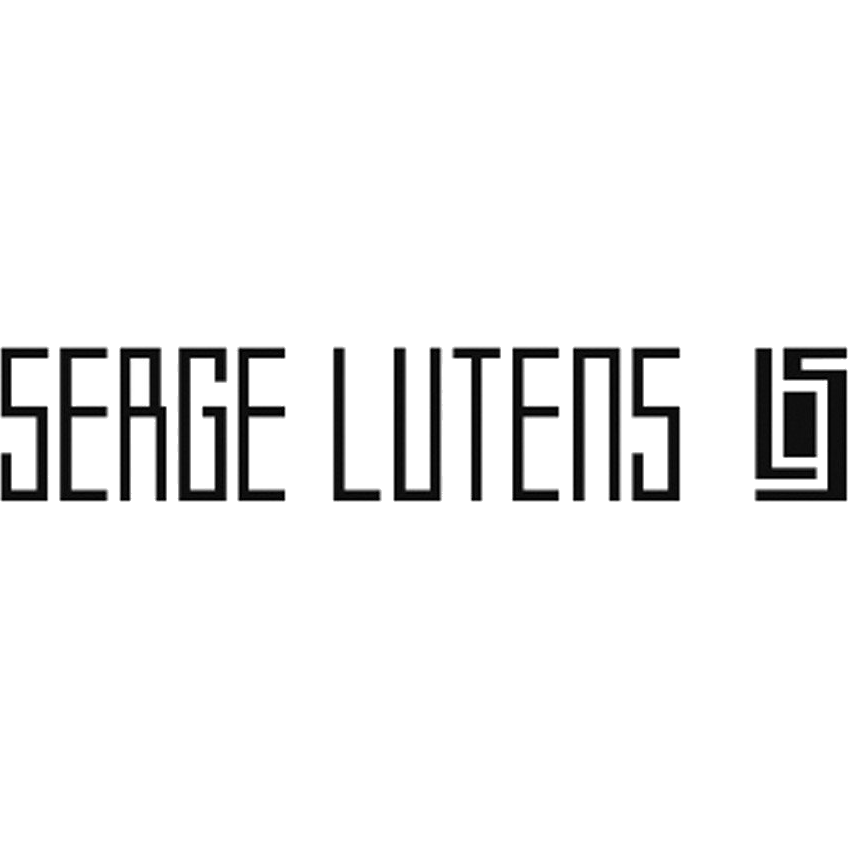

A milestone in the history of contemporary perfumery, Féminité du Bois can be considered as the template of Serge Lutens' trademark woods, fruit and spices variations. As the stories goes, Lutens, who had yet to launch his Salons du Palais Royal line, dragged the Shiseido and Quest teams to Marrakech to make them understand just what he was after: the quintessence of Atlas cedar.
Christopher Sheldrake was the one who caught on; the great Pierre Bourdon completed the formula. The result was a breakthrough in the world of women's fragrances: a dark, honeyed, animalic wood rubbed with candied fruit, sweet balms and the slow burn of spices, encrusted with the amethyst flash of violets.

Serge Lutens was born during the war, on March 14th, 1942 in Lille, in northern France.
Separated from his mother when he was just weeks old, his personality was indelibly marked by this original abandonment. Permanently torn between two families, he lived life at a distance and through his imagination. He was a dreamer. At the École Montesquieu, they said he was “on the moon”: he paid no attention, although his teachers recognised that he was a gifted storyteller.
In 1956, at the age of 14, he was given a job against his will - he would have preferred being an actor - in a beauty salon in his native city.
Two years later, he had already established the feminine hallmarks that he would make his own: eye shadow , ethereally beautiful skin, short hair plastered down. He also became known for the colour black, from which he never deviated. He confirmed his tastes and his choices with the female friends of his whom he photographed.
He was 18 when he was called up to serve in the army during the Algerian War. He was remoulded. This was an important break that led him to make his decision: to leave Lille and head for Paris. This was 1962.
Helped by a friend, Madeleine Levy, and bearing large prints of his photographs of his friends, Serge Lutens, experiencing his first years in Paris at a time of insecurity and want, contacted Vogue magazine. For him, this magazine represented the essence of beauty: a sort of convent that he mythologised. Three days later, he collaborated on the Christmas issue.
The creator of a vision through makeup, jewellery and extraordinary objets, Serge Lutens quickly became the person to call, and the fashion magazines were not mistaken: Elle, Jardin des Modes, Harper’s Bazaar were constantly after him: he worked with the greatest photographers of the time, all the while pursuing his own photographic work. During these years, his talent was fully acknowledged.
In 1967, Christian Dior, who was preparing to launch its makeup line, called upon him. For the House of Dior he would create colours, style and images. Finally, his vision was unified through photography.
In the early 1970’s, the famous editor-in-chief of US Vogue, Diana Vreeland, was unstinting in her enthusiasm: “Serge Lutens, Revolution of Make-up!” His success was resounding. Serge Lutens became the symbol of the freedom created through makeup, for a whole new generation.
In 1974, mirroring his taste for films and the legendary actresses in them, he made a short: “Les Stars.”
During this period, he travelled widely, exploring Morocco and later Japan. These two countries, with their rich and yet so different cultures, came together in him and confirmed his way of seeing and feeling.
He recalled them some years later, in 1980, when he signed on with Shiseido for a collaboration that was to enable the Japanese cosmetics group, until then unknown on the international scene, to establish such a powerful visual identity that it became one of the world’s leading market players in the 1980’s and ‘90’s.
In 1982, for the same brand, he conceived Nombre Noir, his first perfume, dressed in lustrous black on matte black, a concept that foreshadowed the ubiquitous codes of the 1990’s. While his first perfume marked the 1980’s, it was through his creation of Féminité du bois and Les Salons du Palais Royal in 1992 with their dreamlike décor, that Serge Lutens led his first true olfactory revolution in the field of perfume.
Fragrances like Ambre sultan, Tubéreuse criminelle, Cuir mauresque… have since become indispensable, writing a new page in the History of Fragrances.
The logical culmination of this came in 2000 when Serge Lutens created the brand that today bears his name and establishes his uncompromising style. Perfumes and makeup (“Nécessaire de beauté”), his expressions in this area, are marketed through specialised and selective distribution and more confidentially at thePalais Royal-Serge Lutens.
His innovations in this field have received many prestigious awards, including several FIFI awards from the Fragrance Foundation.
In 2004, at the invitation of “Lille, European Capital of Culture,” he designed an olfactory labyrinth around scents from his childhood: this installation met with great intergenerational success.
In 2007 Serge Lutens was awarded the distinction of Commander in the Order of Arts and Letters.
Starting in 2010, Serge Lutens established a connection between perfumes and literature and opened up a new path with what he calls an anti-perfume: “L’Eau Serge Lutens.”